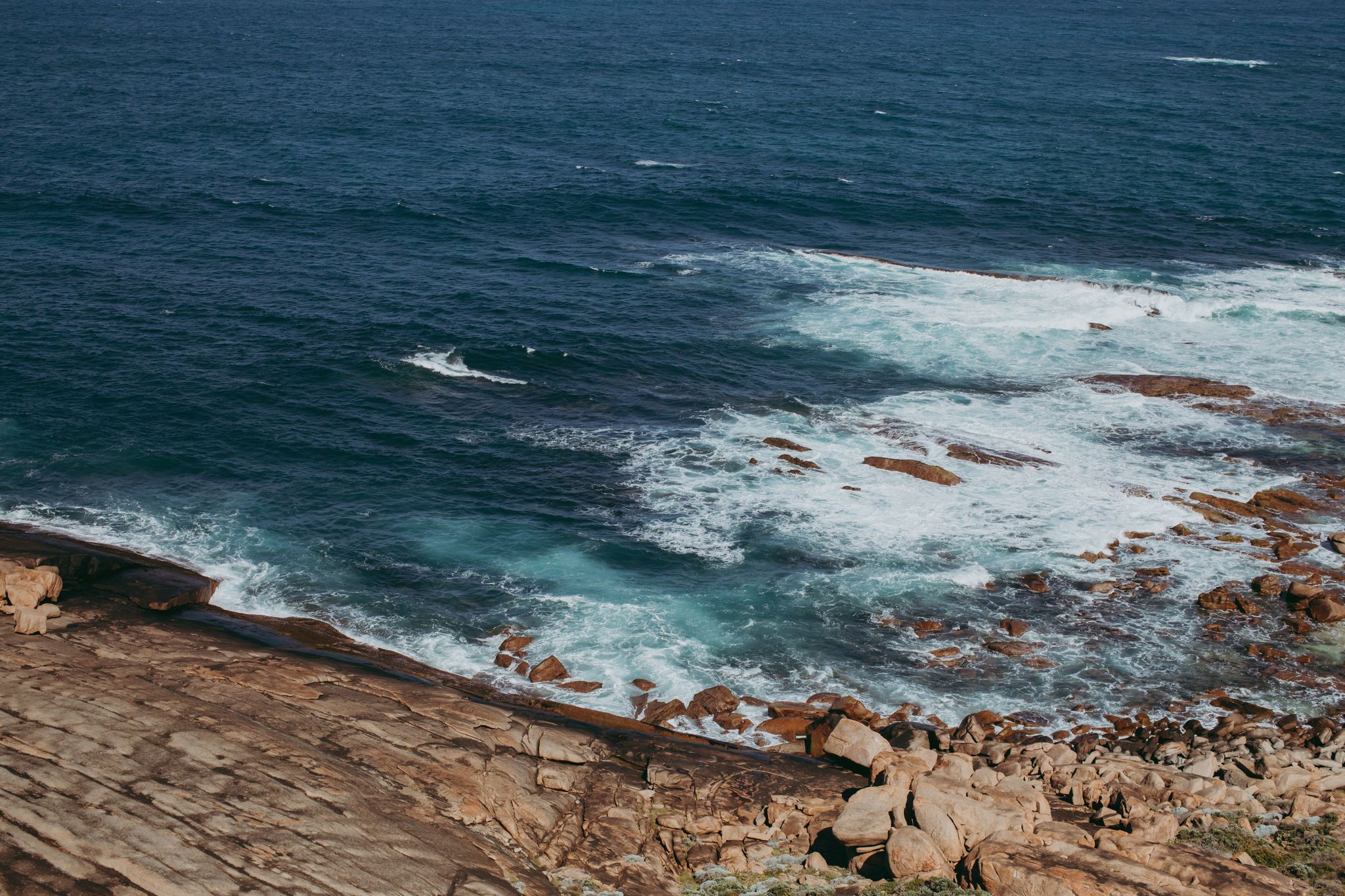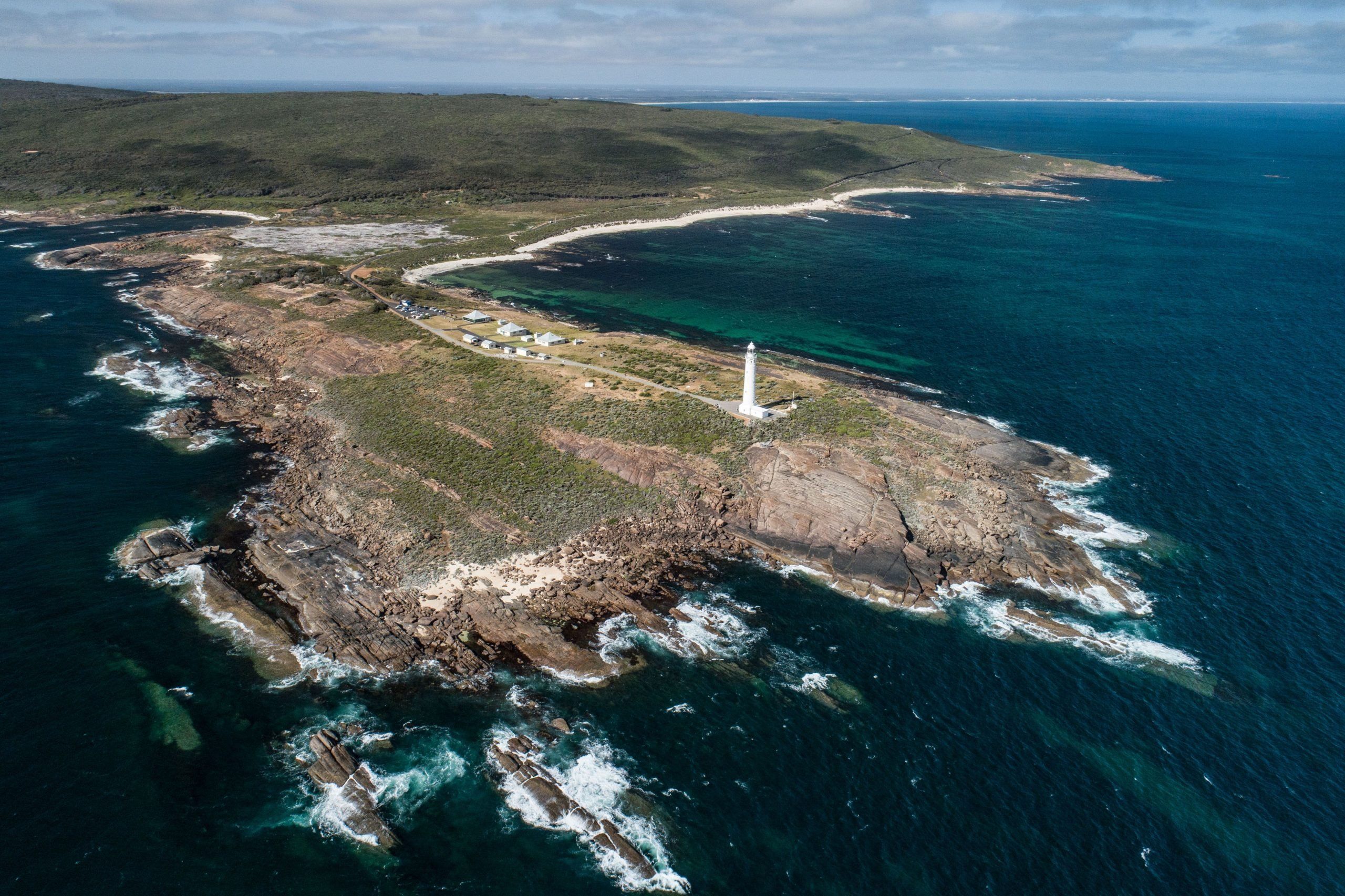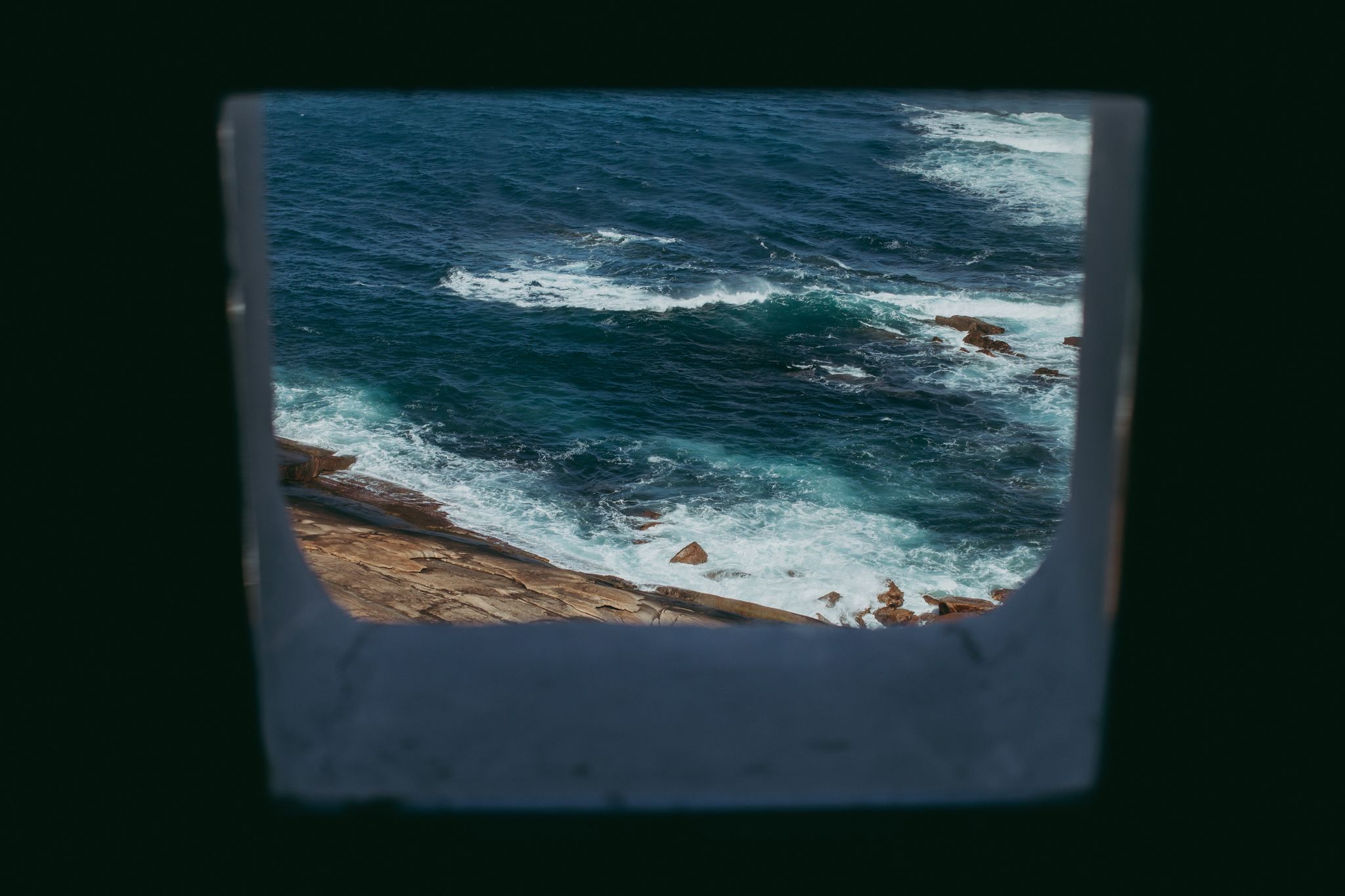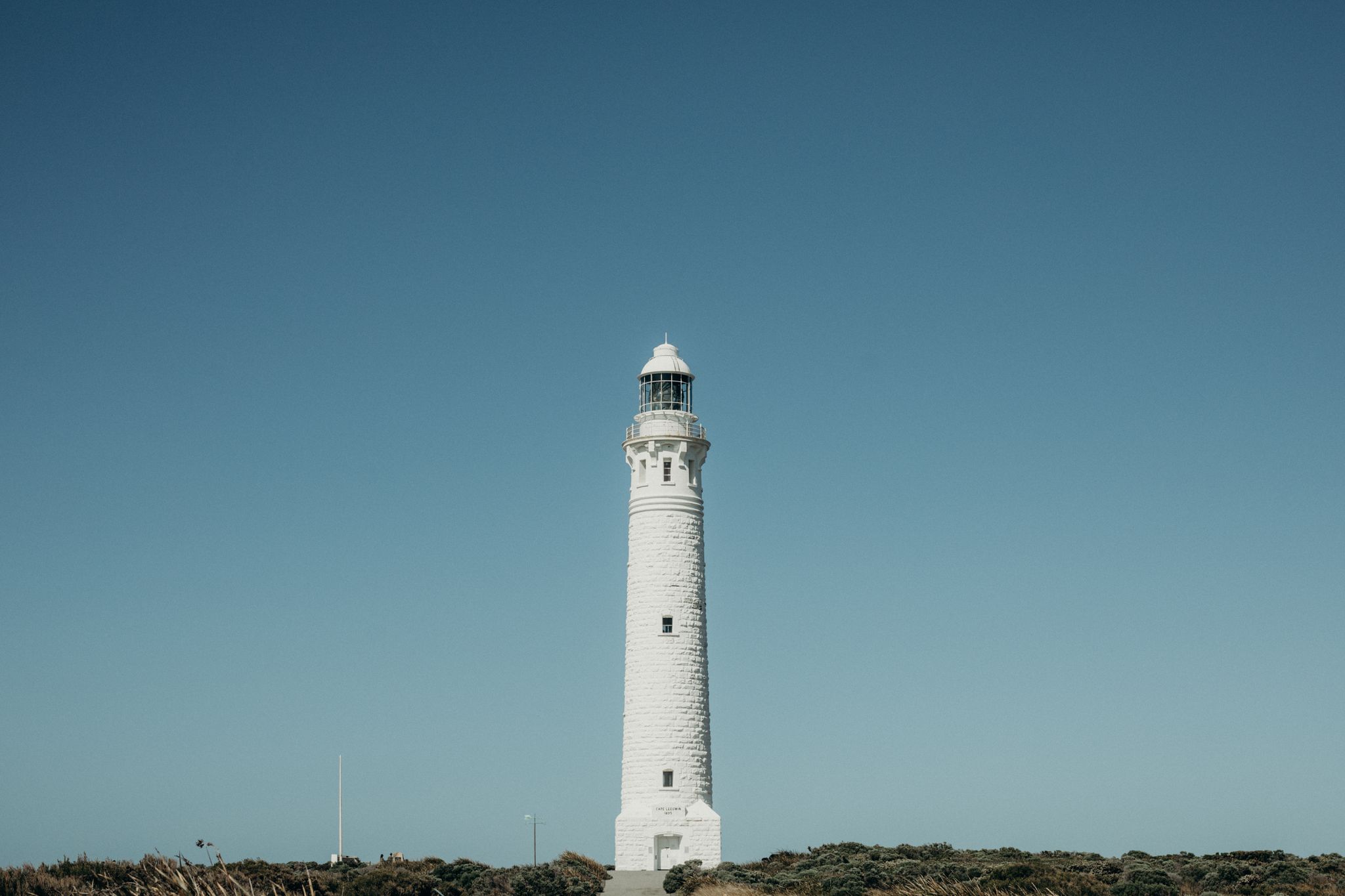Have you ever been drawn to the edge?
A rain squall announces its presence by rapping the windscreen on my car with the urgency of a touch typist. I stop at the aptly named Storm Bay Road on the outskirts of Augusta, a town that sits perched on the south-western extremity of the Australian continent. Between the rushed blur of my wiper blades, I can make out a couple of whales launch themselves out of the salty brine of Flinders Bay before crashing back in an explosion of blubber and whitewash.
I’m on my way to Cape Leeuwin, one of the three great capes of the Southern Hemisphere. The others: Cape Horn in Chile and the Cape of Good Hope in South Africa both bookend the South American and African continents respectively. Whilst Cape Leeuwin is not the most southerly point of the Australasian continent, its exposure to the abundant swell of both the Indian and Southern Oceans is unparalleled.














